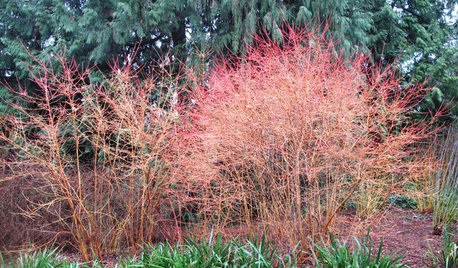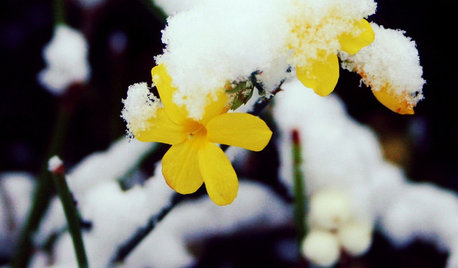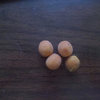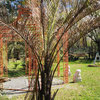Cold Hardy Test Bed For the Winter of 13-14
Kokomo-JB
11 years ago
Related Stories

ARCHITECTURE15 Smart Design Choices for Cold Climates
Keep your home safe and comfortable in winter by choosing the right home features and systems
Full Story
HOUSEPLANTSHow to Force Amaryllis Bulbs Indoors
Enjoy vibrant red blossoms even as gardens turn snowy white, by teaching this hardy repeat performer to ignore the calendar
Full Story
LIFEHouzz Call: How Are You Handling the Record-Breaking Cold?
Share your tales, strategies and photos for everything polar vortex
Full Story
GARDENING GUIDESGarden Myths to Debunk as You Dig This Fall and Rest Over Winter
Termites hate wood mulch, don’t amend soil for trees, avoid gravel in planters — and more nuggets of garden wisdom
Full Story
LIFEHard Winter? 9 Ways to Battle Cabin Fever
We know a lot of you are trapped where it just won’t stop snowing. Here are some ways to survive
Full Story
LANDSCAPE DESIGNGreat Design Plant: Retreat to the Shade of Hardy Catalpa
Big foliage and a towering height provide a shady respite in summer, but that's not all hardy catalpa offers dedicated gardeners
Full Story
WINTER GARDENINGColor Sparks a Winter Landscape
Try these beautiful winter plants to give your garden pizzazz when most branches are bare
Full Story
ENTERTAININGBeat Winter's Chill With an Indoor Picnic
Build warm memories with loved ones by bringing lighthearted outdoor dining to your living room
Full Story
YELLOW FLOWERSGreat Design Plant: Winter Jasmine Gladdens Snowy Gardens
Sunny yellow flowers defy the frost, bringing cheer to the garden on gray days
Full Story
WINTER GARDENINGPruning Secrets for Exquisite Roses
Encourage gorgeous blooms year after year with this time-tested advice on how to prune your rosebush in winter for health and shape
Full StorySponsored
More Discussions








us_marine
Kokomo-JBOriginal Author
Related Professionals
Danbury Landscape Architects & Landscape Designers · Taylorsville Landscape Architects & Landscape Designers · Winder Landscape Architects & Landscape Designers · Arlington Landscape Contractors · Edwardsville Landscape Contractors · Hoffman Estates Landscape Contractors · Huntington Landscape Contractors · Lantana Landscape Contractors · Pompano Beach Landscape Contractors · West Chester Landscape Contractors · West Chicago Landscape Contractors · Decatur Window Contractors · Matteson Window Contractors · Minnetonka Window Contractors · Montgomery Village Window ContractorsKokomo-JBOriginal Author
jimhardy
Kokomo-JBOriginal Author
Kokomo-JBOriginal Author
miketropic
Kokomo-JBOriginal Author